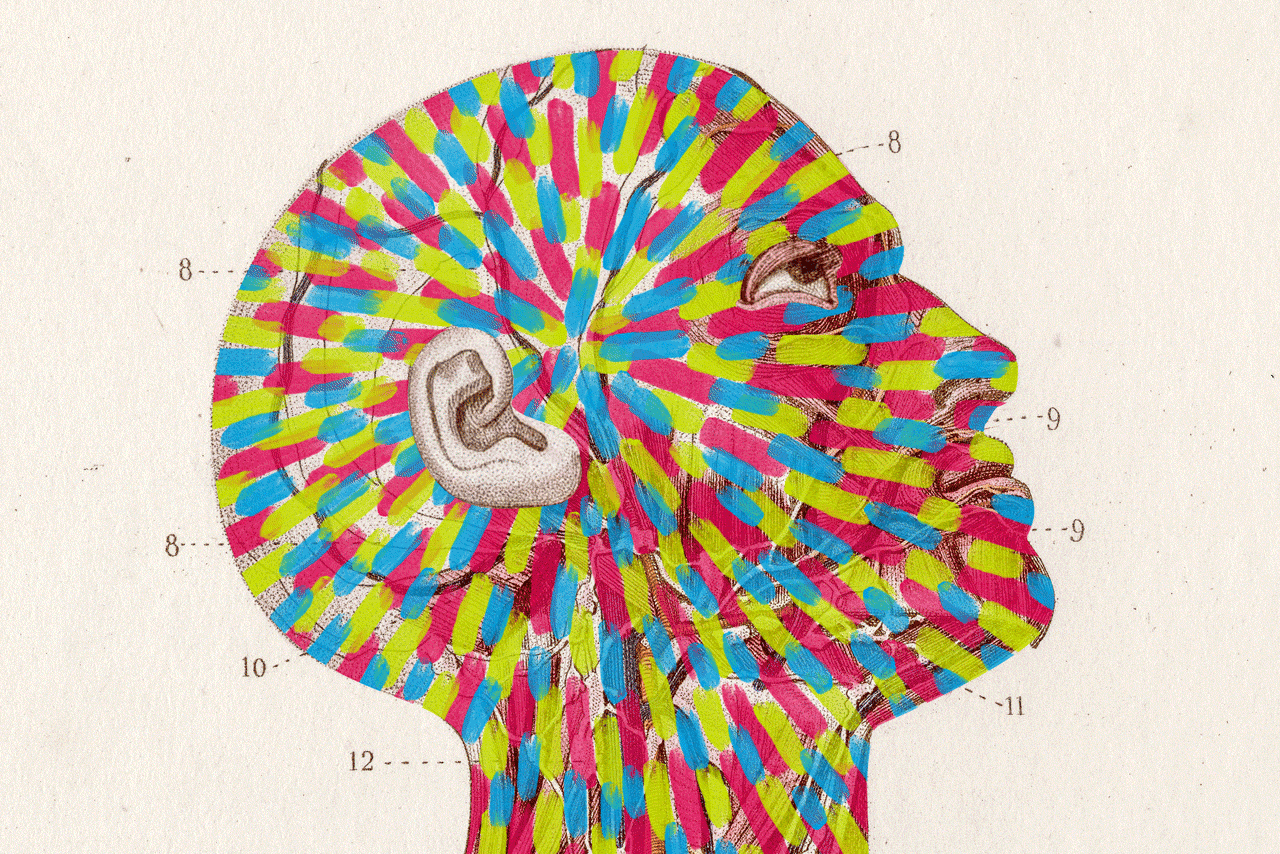Many So-Called Vegetative Patients Aware, Study Finds
- Share via
An unusual medical study that bears on the growing debate over how to care for people at the end of life has come to a chilling conclusion: Out of 40 British patients diagnosed as being in a persistent vegetative state, 17, or 43%, were later found to be alert, aware and often able to express a simple wish.
The study, published in today’s British Medical Journal, is one of the largest, most sustained analyses yet of severely disabled people presumed to be incapable of thinking consciously, communicating or sensing their surroundings. The report raises troubling questions about the ability of doctors to accurately arrive at such a diagnosis, which forms the medical basis for withdrawal of life support.
“It is disturbing to think that some patients who were aware had for several years been treated as being vegetative,” said Dr. Keith Andrews, a neurologist at the Royal Hospital for Neurodisability in London who led the study. For the patient, he added, “it must be extremely distressing to be aware but unable to make contact.”
No experts say that American doctors are mistakenly diagnosing the persistent vegetative state at the rate found in the British study. Still, Dr. Donald Tresch, a cardiologist at the Medical College of Wisconsin who has studied people in the vegetative state, called the findings “very, very important” with “many implications.”
For one thing, Tresch said, the British study appears to confirm what the family members of many so-called vegetative patients have long believed: That their loved ones were not in some inhuman biological limbo but could in fact sense the world around them.
Doctors in the United States and Britain define persistent vegetative state somewhat differently, and U.S. physicians more often use tools such as brain CT scans to diagnose it. Also, the patients in the British study were severely physically disabled, which greatly impaired their ability to communicate. So it is not likely that Americans are being misdiagnosed at the level found in the British study, researchers said.
Still, the results raise the possibility that a significant number of the estimated 14,000 to 35,000 American children and adults said to be in a vegetative state may not be so profoundly incapacitated after all.
“Since consideration is often given in the United States to withholding treatment from persons in a persistent vegetative state, the possibility of misdiagnosis of this condition would be disconcerting,” said Dr. Helena Chui, a neurologist at Rancho Los Amigos Medical Center in Downey.
Dr. Ronald Cranford, a neurologist at Hennepin County Medical Center in Minneapolis and a leading authority on the persistent vegetative state, praised the British researchers’ “detailed” and “careful” effort to “unravel the mysteries of the vegetative state for the welfare of individual patients, their families and society.”
However, he said he was skeptical of the high level of misdiagnosis. He speculated that 2% of such diagnoses by U.S. neurologists and other specialists might be wrong, along with 5% to 10% of diagnoses by nonspecialists.
According to the American Neurological Assn., a person in a vegetative state betrays no awareness of self or surroundings and does not respond to questions or physical stimuli except reflexively, but does open his or her eyes and appear to go through waking and sleeping periods. It is “persistent” if it lasts more than a month.
A coma victim, by contrast, rarely if ever opens the eyes and does not appear to have a sleep-wake cycle, among other signs.
The 40 patients in the British study, who were 18 to 64 years old, entered the hospital between 1992 and 1995 already diagnosed in a persistent vegetative state. Their severe brain damage, caused by injuries such as head trauma and stroke, was often compounded by extreme physical disability, including complete or partial blindness, which afflicted 65% of the patients.
In fact, the researchers say those physical impairments may have abetted the misdiagnosis by robbing the patients of even the simplest means of communicating.
What the British researchers did was repeatedly test the patients over weeks, asking them simple questions that they could answer by flicking a switch or, in those with vision, following an object held before their eyes.
Among the findings, 11 of the so-called vegetative patients could do simple arithmetic; 11 knew their name and the date; 12 could pick out the music they preferred from a choice of three cassettes; and eight could respond to letters and write a simple note. All 17 of the misdiagnosed patients could apparently make sense of the spoken word.
Analysts on both sides of the debate over prolonging the lives of the terminally ill see the findings as supporting their cause.
Critics of proposals to grant physicians or family members more freedom to end the lives of terminally ill patients saw the findings as evidence that even the most desperate-seeming patients may have a vital consciousness trapped inside an unresponsive body. To stop caring for them, such critics say, might be to go against their will, however obscured it might be.
On the other hand, Cranford argues that the finding of consciousness in such seemingly forsaken patients implies that many may be enduring pain, contrary to the current neurological assumption that they feel none.
“If these patients are trapped in there and suffering and we’re just continuing treatment, then some people are going to get scared and want more doctor-aided suicide and maybe euthanasia,” he said.





